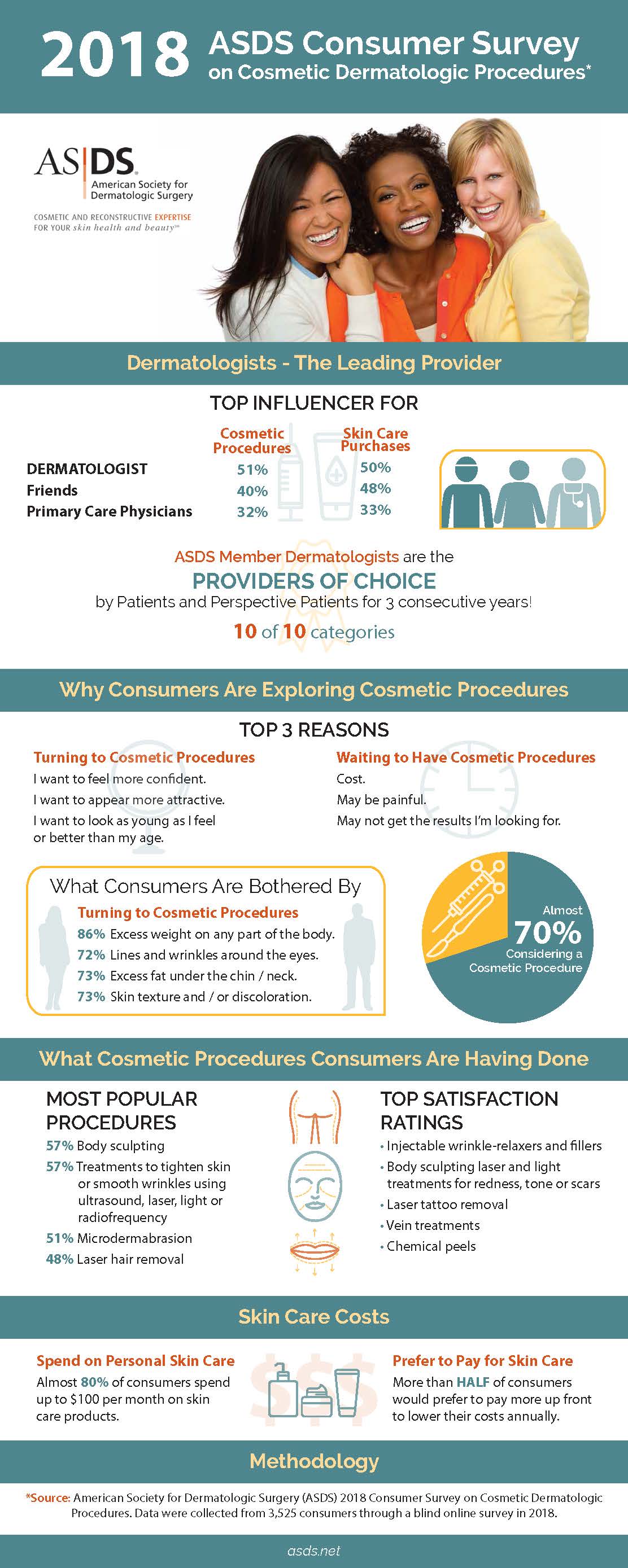Skincare Ingredients For Acne
Skincare Ingredients For Acne
Blog Article
Reasons for Acne on Cheeks
Acne outbreaks in the cheek area are triggered by several things, from touching your face regularly to not altering your pillowcase often sufficient. Picking at blemishes raises your danger of infection and scarring, and certain medicines can intensify dark places (postinflammatory hyperpigmentation).
Fortunately, there are many ways to prevent and treat cheek acne. These include:
1. Hormonal Adjustments
Acne is greatly brought on by hormonal agents, specifically those generated throughout the age of puberty and maternity. For some, a family history of acne might likewise add to their problem. Anything that blocks pores, such as oil-based skin care products or waxy hair items, can cause acne. Numerous topical therapies, like benzoyl peroxide and salicylic acid, can battle germs and unclog pores. Those with serious or chronic acne ought to seek treatment from their medical professional.
Stay clear of touching or pressing your acne, as this can push a few of the bacteria deeper into the skin, leading to an extra extreme outbreak. It is likewise essential to alter pillowcases routinely and use clean make-up brushes. You must likewise try to avoid irritants such as rubbing from putting on a safety helmet or tight collar.
2. Diet plan
The greasy, sugary foods that many individuals think trigger acne might in fact refrain from doing so. As a matter of fact, studies have revealed that consuming a diet plan rich in entire, nutrient-dense foods aids to avoid outbreaks.
Foods high in the glycemic index (such as white bread, corn flakes, puffed rice and potatoes, doughnuts and other pastries) raise blood sugar level degrees swiftly, and this can enhance hormones that boost oil manufacturing and cause acne.
Consuming cow's milk has additionally been connected to boosted acne breakouts. If you are a regular cow's milk enthusiast, you may wish to try switching to low-fat or nondairy choices that are strengthened with calcium. On top of that, consuming more water can assist to decrease acne because it helps to keep the skin hydrated.
3. Excess Oil
While oil is important for healthy and balanced skin, it can come to be a trouble when way too much sebum combines with dead skin cells and blocks pores. This combination can develop blackheads, whiteheads and pimples. The clogged pore wall surface can break down and spill germs, dead skin cells and sebum into bordering skin. This leads to a red bump known as an acne. In some cases these red bumps have pus in the facility from a microbial infection. california Larger contaminated bumps that appear like acne are called cysts.
There are many points that can cause excess sebum and clogged up pores, including hormone changes, diet and day-to-day practices. Some examples consist of touching the face frequently, relaxing your hand on your cheek, using unclean makeup brushes and not transforming pillowcases regularly.
4. Stress
If you're taking care of throbbing pimples or a multitude of blackheads and whiteheads, it may be time to talk with a skin specialist. They can advise an efficient therapy that fits your skin kind. Exercising leisure and stress-reduction methods additionally assists.
Acne can take place in the cheeks because of rubbing and stress, such as when a person touches their face regularly or wears a hat or sporting activities helmet that rubs versus the skin. It can likewise show up where greasy cosmetics and creams rub versus the skin.
Avoid pressing acne, as this can press infected product deeper into the skin and cause scarring. Instead, see a physician to learn about preventative treatments like drug, skin care products and way of life changes. Consuming a healthy and balanced diet plan of whole foods, getting 7 to nine hours of rest and using noncomedogenic makeup and skin care products can all help in reducing acne outbreaks.
5. Hair Products
Hair products are not normally thought of as a root cause of breakouts, however they can add to acne on the cheeks in some people. Pomade acne, which is defined by tiny closed comedones and papulopustules, is generally caused by using oily hair items that contain comedogenic active ingredients such as certain oils and acetylated lanolin.
Selecting hair items that don't include these possibly comedogenic ingredients is an essential action towards reducing outbreaks. Also, making sure that hair items aren't coming in contact with the skin can assist protect against breakouts. For example, using a headscarf or bonnet in the evening can restrict hair-to-face call and reduce the chance that leave-in hair products will abrade onto the face.
Along with making use of a non-comedogenic moisturizer and cleaning with an acne face clean, other useful methods consist of: